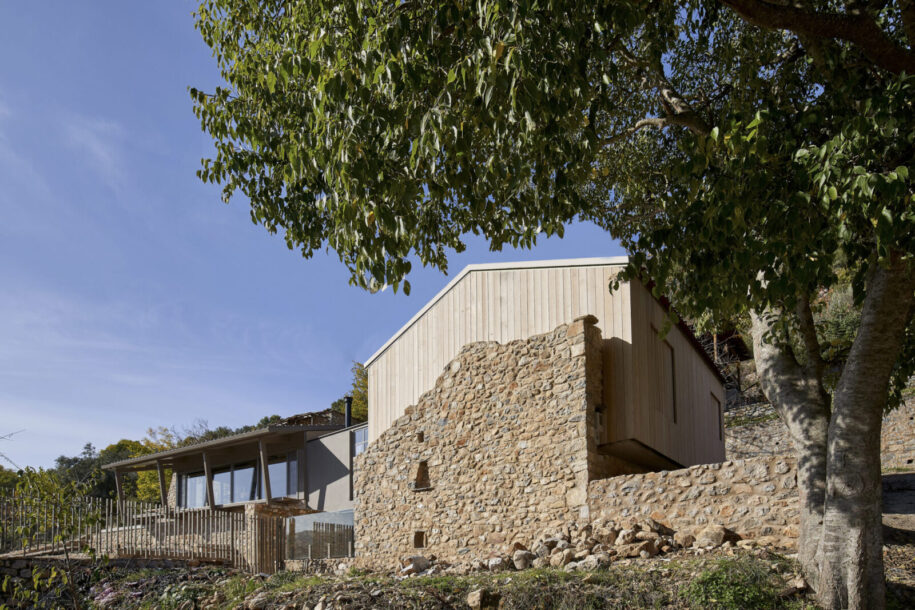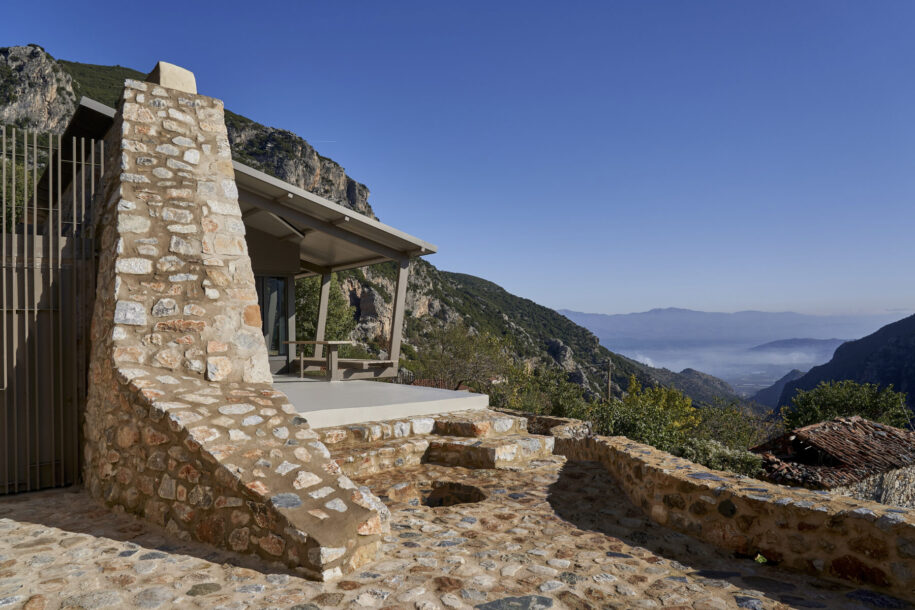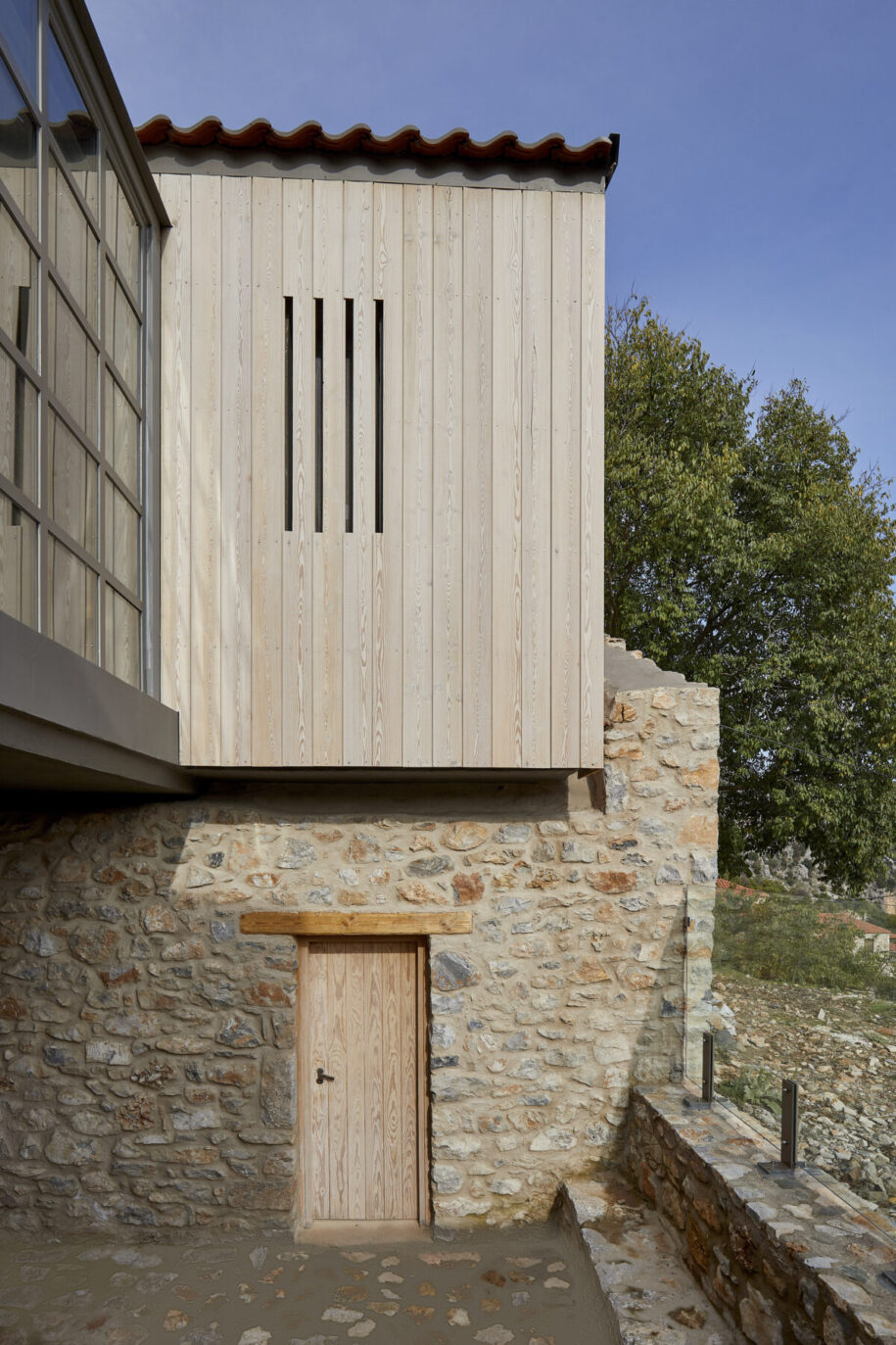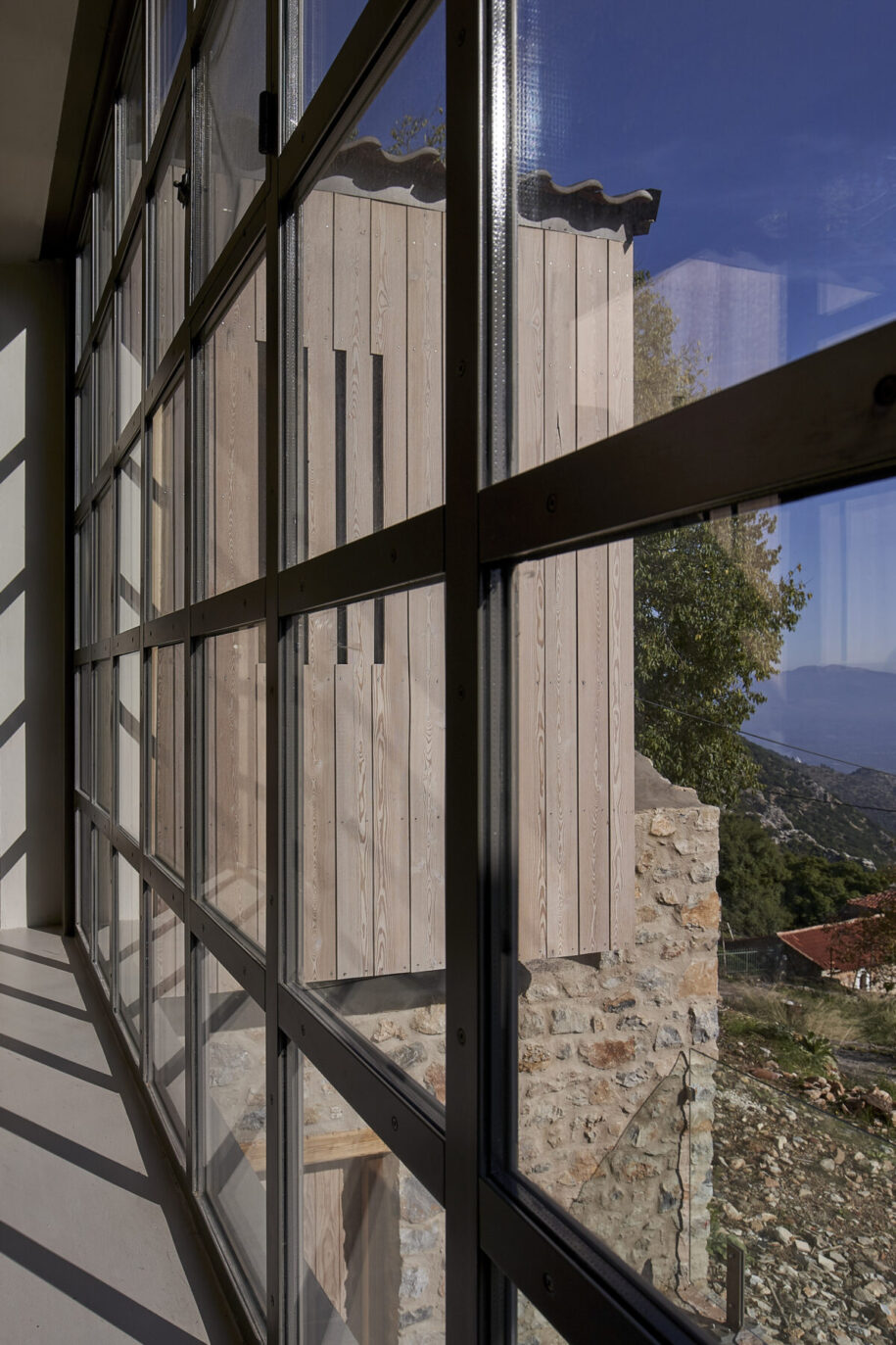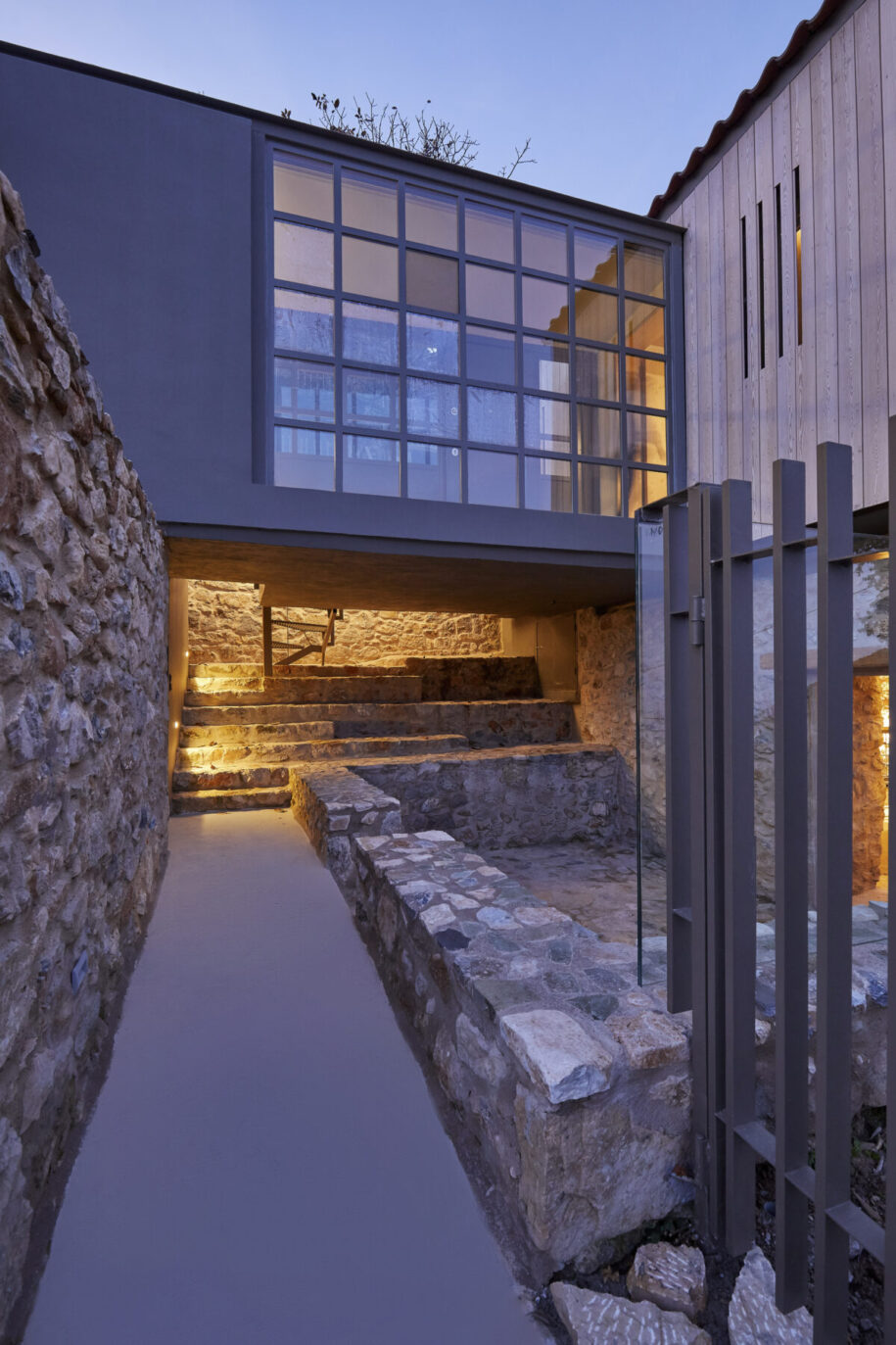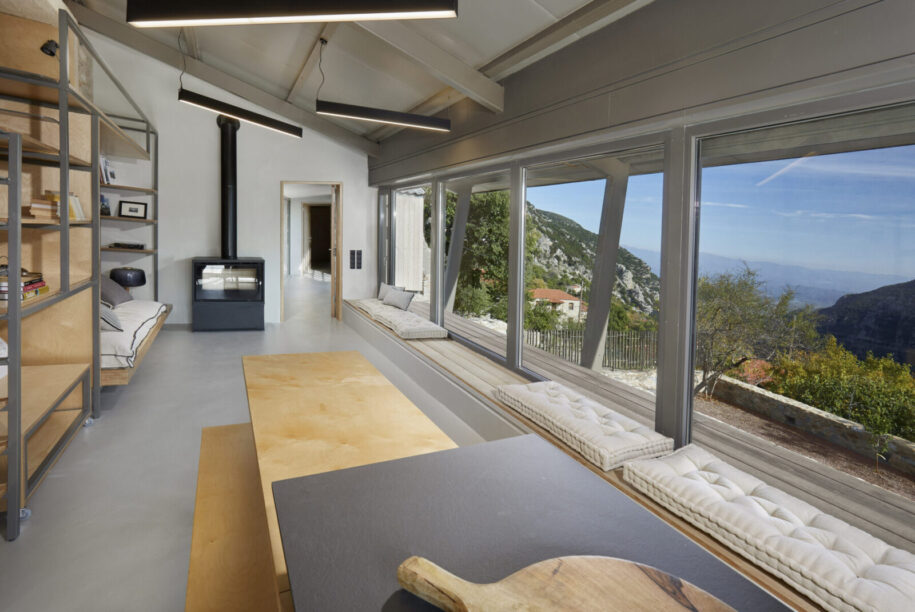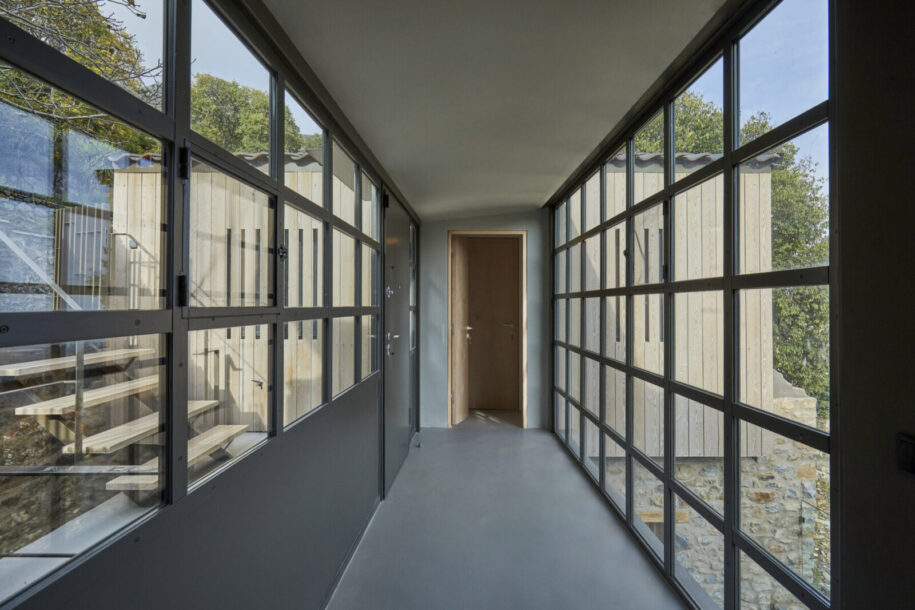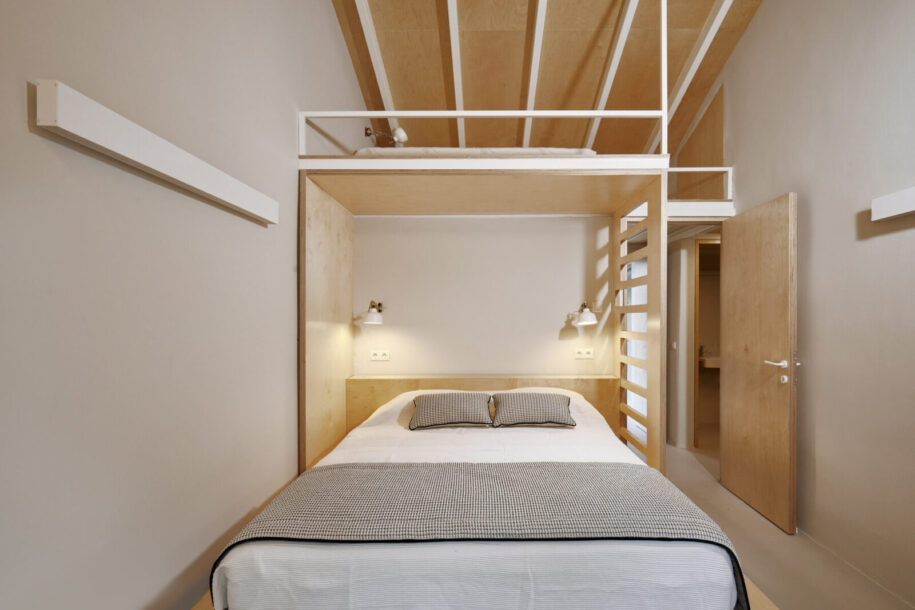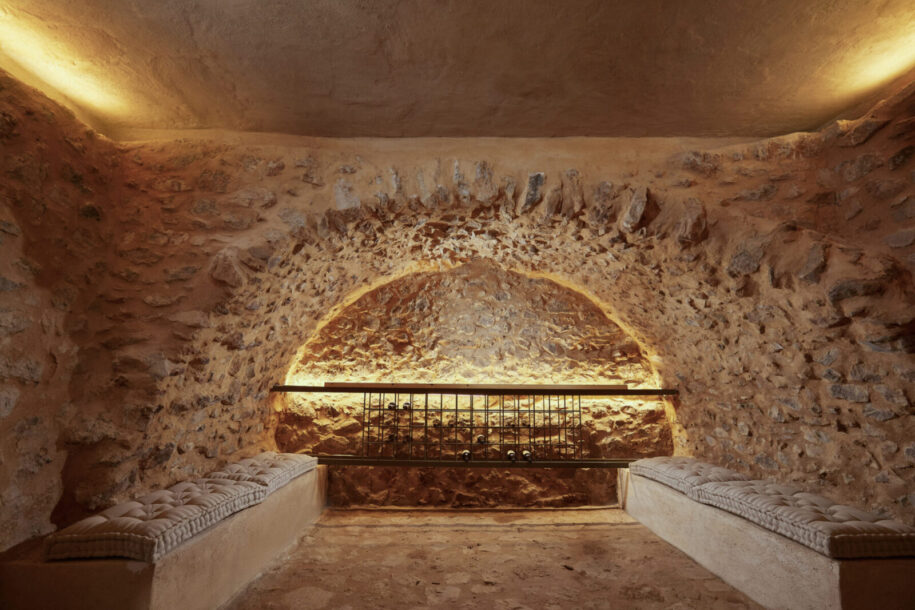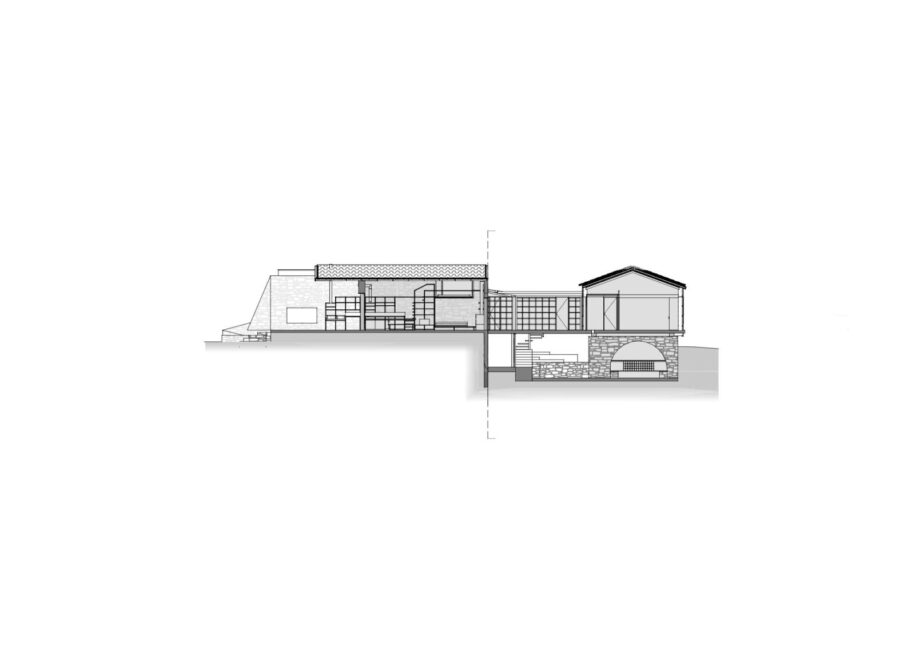Z-Level Architecture designed Yoik of Taygetus House located in a Byzantine settlement on the eastern slopes of the majestic Mount Taygetus into a surrounding area of outstanding natural beauty that forms part of the Natura 2000 Network drawing inspiration from yoik music and using vernacular forms and natural materials so as to transmit the deeper soul of this mountain region into the material, contemporary world.
-text by the author
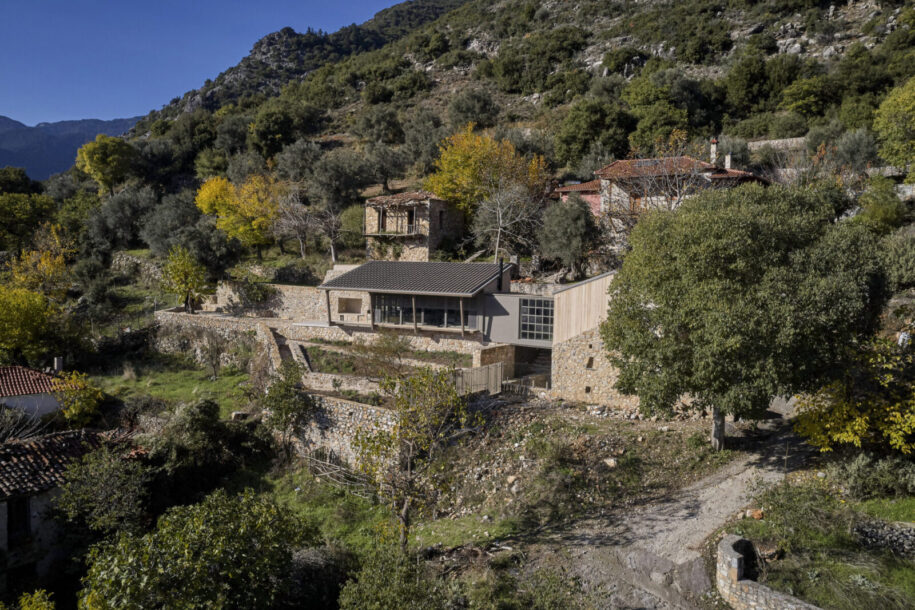
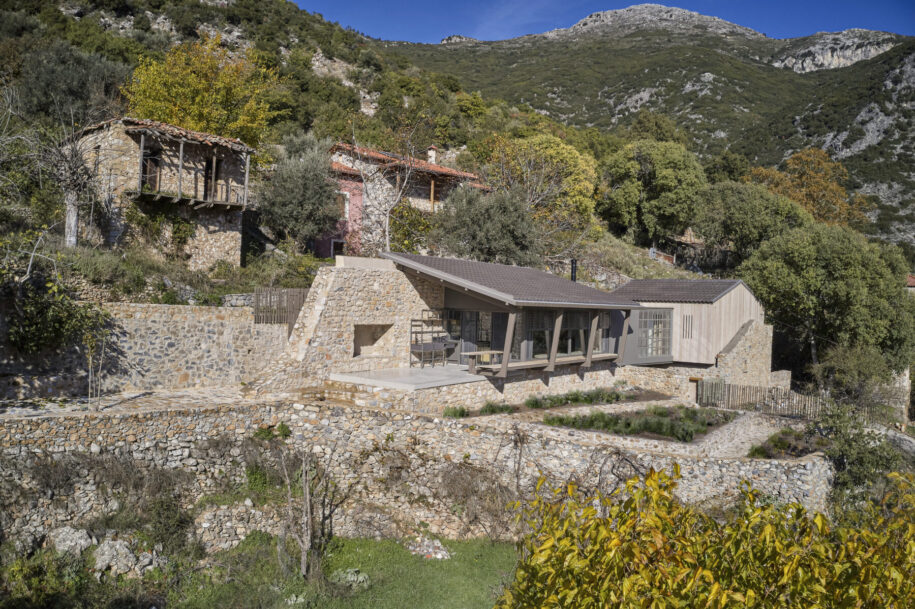
I knew the area well, even before undertaking the project. The inhabitants, love music and had hosted our percussion group on many occasions, for musical activities, seminars and traditional carnival disguises. This link is what gave the house its name, Yoik of Taygetus, which refers to a very distinctive musical form performed by the Sami people in the Sapmi region of Northern Europe.
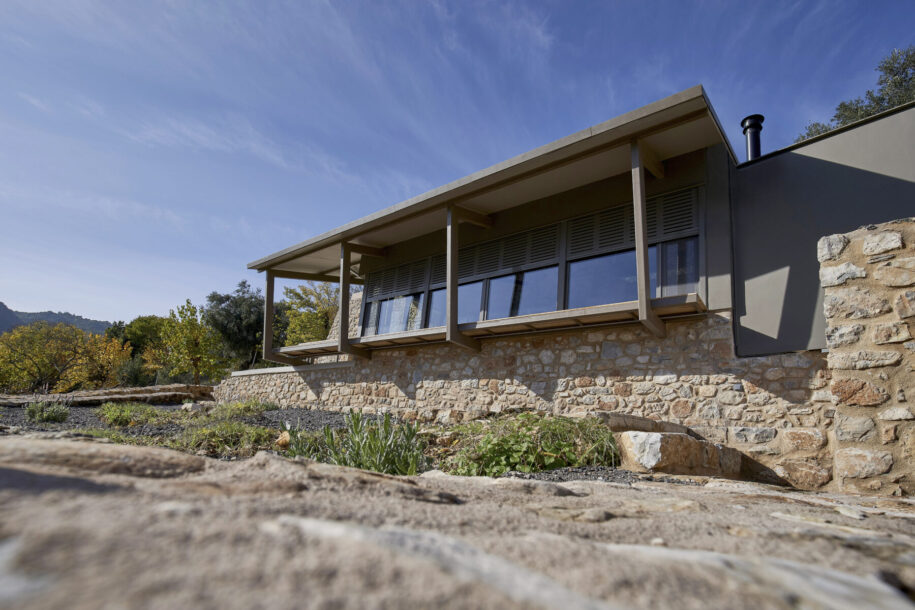
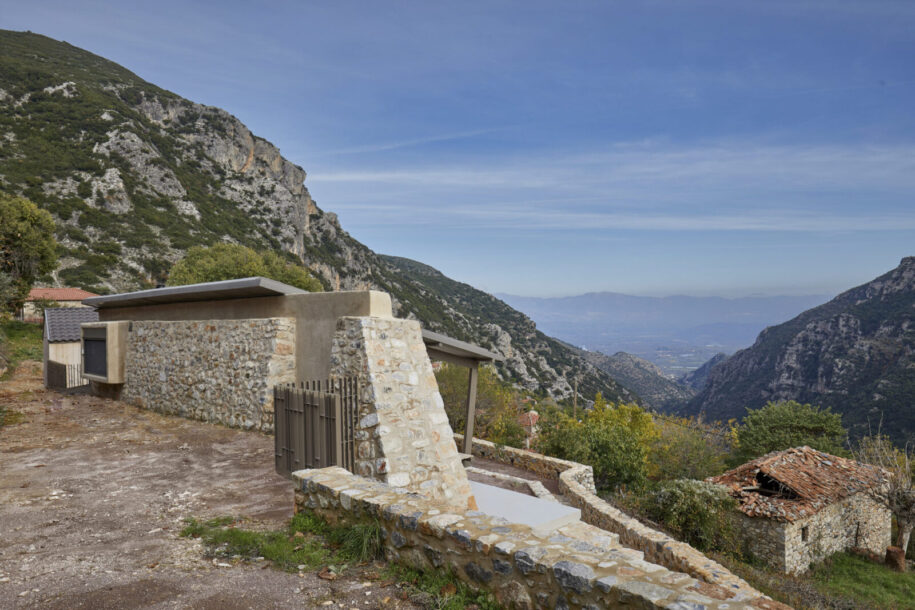
Just as a yoik imprints the aura of humans and things onto the immaterial world of music, so this house transports something of the soul of this mountain region into the material, contemporary world, utilizing vernacular forms and natural materials. The plot contained a ruined stone building used to house animals.
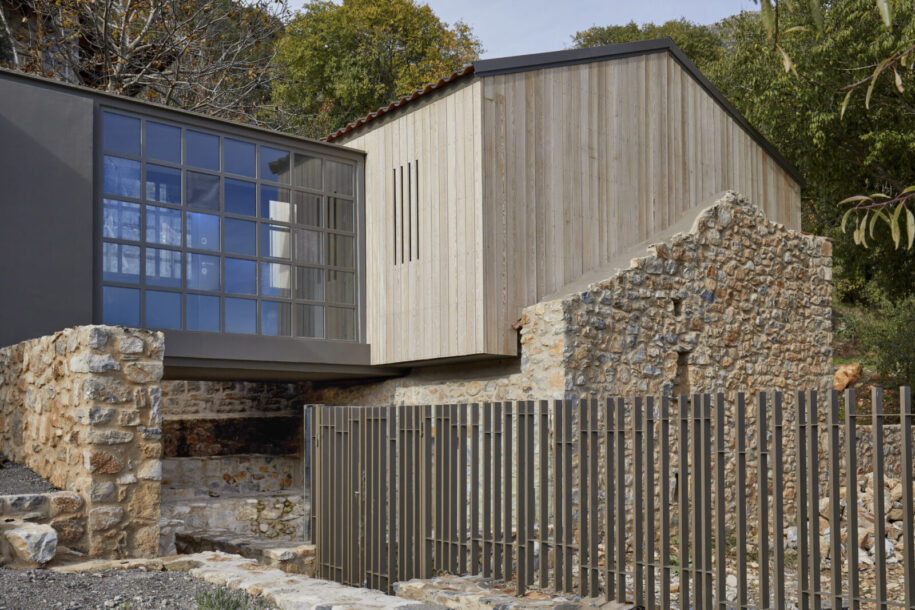
The overall solution for the residence proposes a new layer of habitation above the level of the ruin, symbolizing progress and creating new historical stratification in the succession of the village’s temporal and spatial layers of existence.
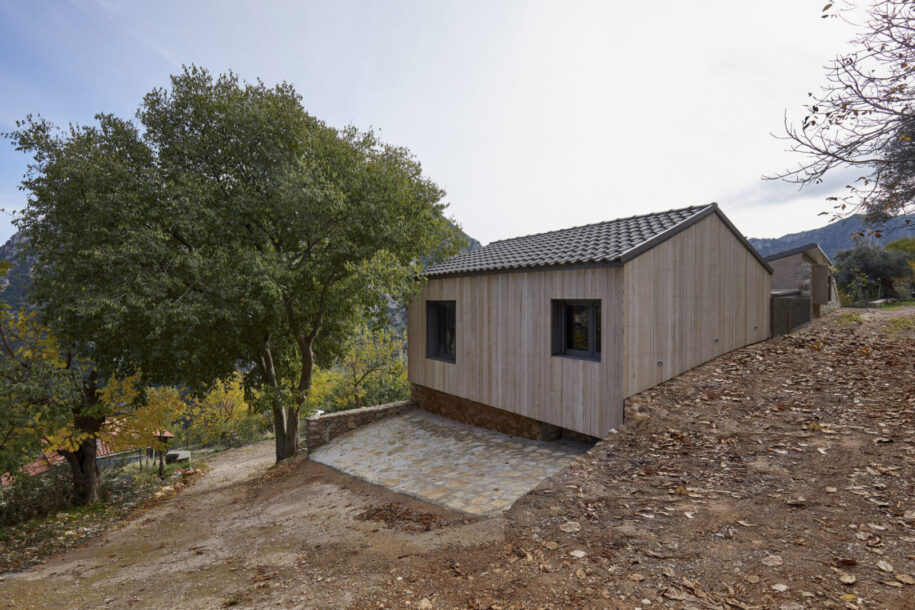
Constructed below road level, the building’s lower height makes a more gentle impact on the environment. A walker, crossing the path before the house does not lose sight of the overall view of the landscape and the mountain range. The house owner sought a winter sanctuary, whose size could be “modified”, so he could use it either alone or, in other instances, accompanied by family and friends. This gave rise to a modular construction with three distinct segments, which can be isolated or unified at will: the “liakoto” sun porch or solar: the entrance to the house; the “makrynari” or long room, which is the main space in the building; and the “domatia”, the space for the two bedrooms and the bathrooms.
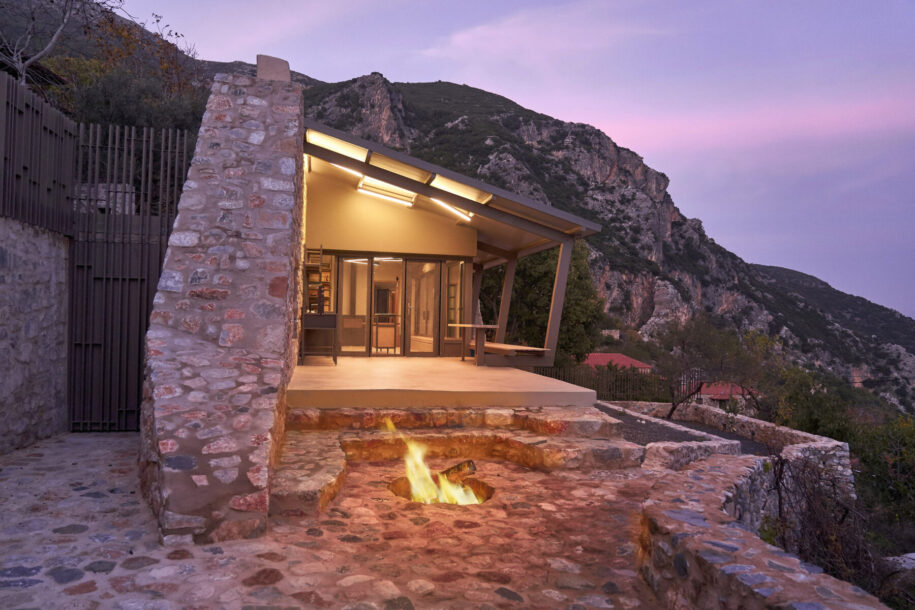
The original building is maintained and viewed as an interesting element from the past, a lingering memory imprint.
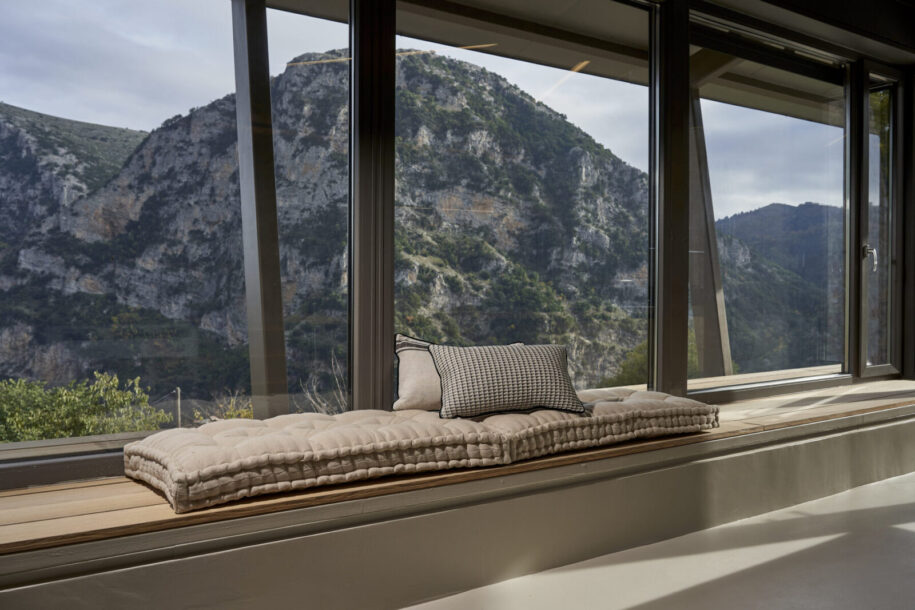
There are no interventions besides the requisite support work in the spirit of restoration rather than domestic use. Access is through an outdoor staircase, as the building does not join the remaining residence functionally, implying its different identity and origins. We chose a combination of traditional and contemporary materials. The weight-bearing construction of the ground floor is partly stone, partly ytong blocks (autoclaved aerated concrete) and partly metal frame, covered by polyurethane panels supported by a metal frame. The floors are self-levelling monochromes, the interior wood is marine-grade plywood with beech veneers, while the exterior is clad in larch wood.
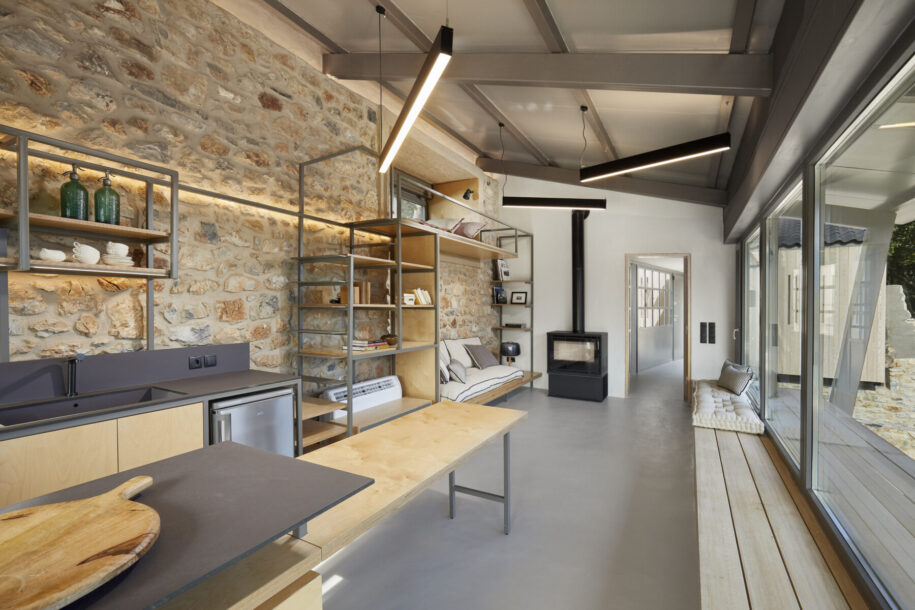
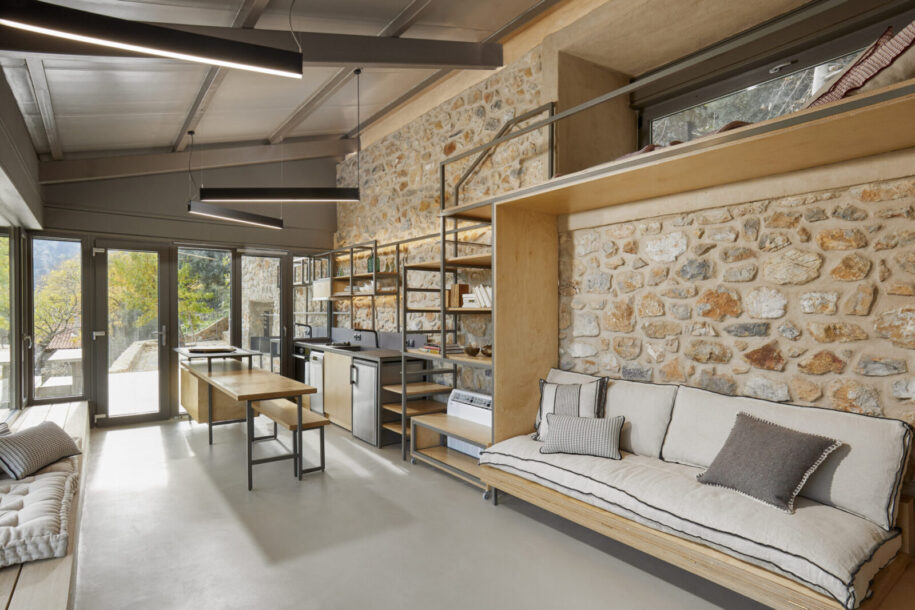
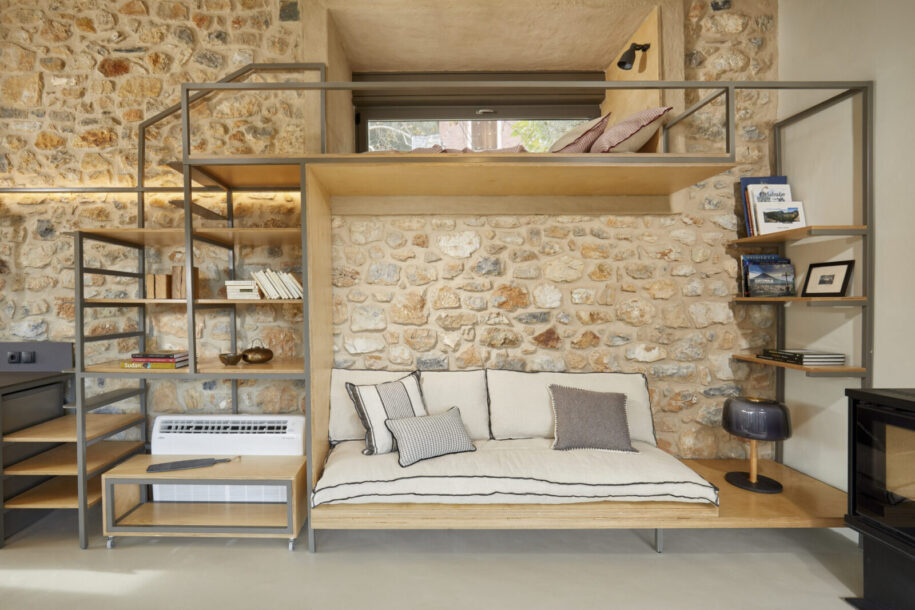
The building has a small energy footprint, as appropriate heat insulation materials were utilized throughout, as well as heat pumps, automation and passive solar systems. Its orientation on the plot, and the raised floor level, that creates a closed air zone between the natural ground and the residence, improved its thermal characteristics considerably.
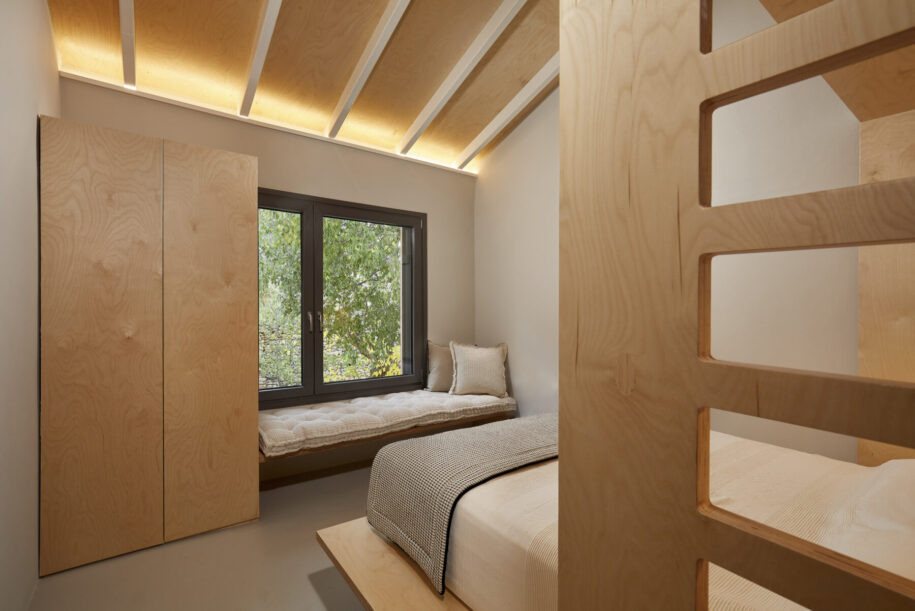
Yoik of Taygetus was built by small local contractors.
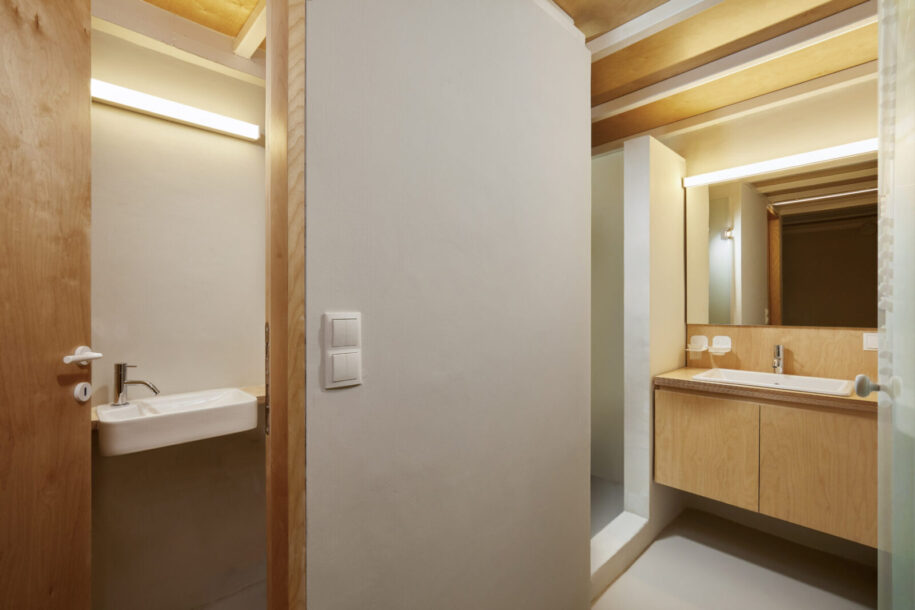
Drawings
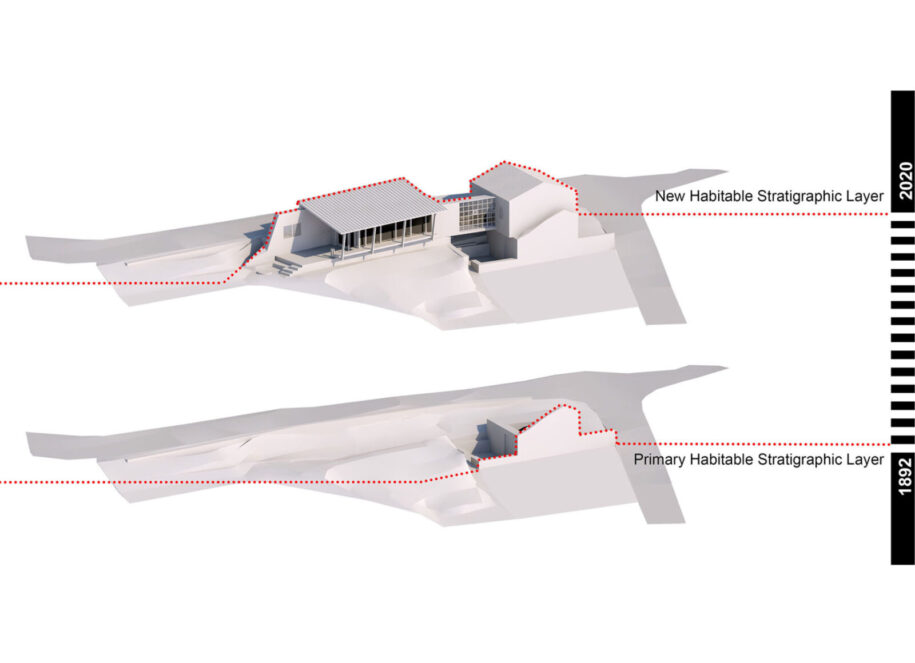
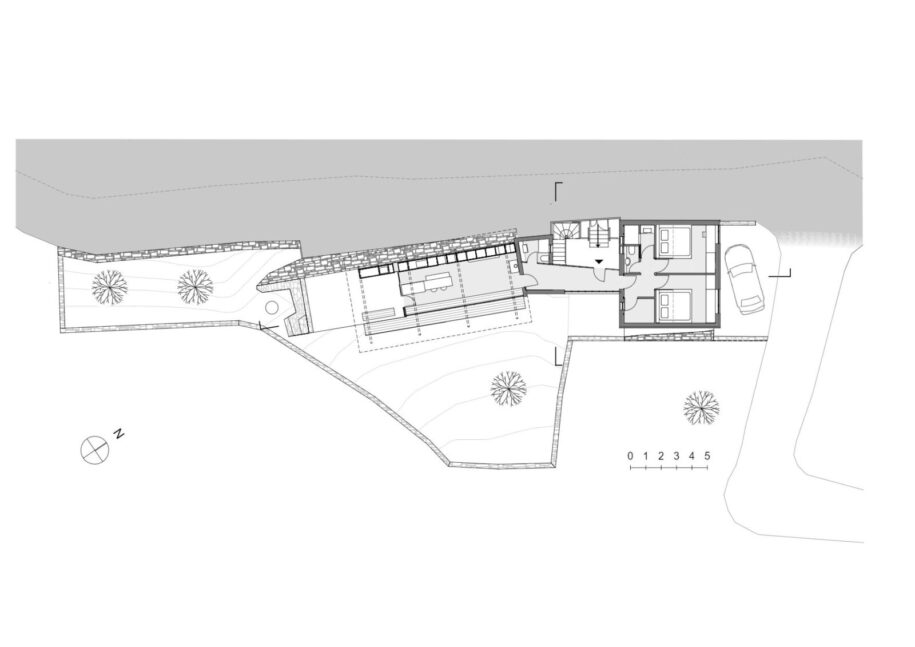
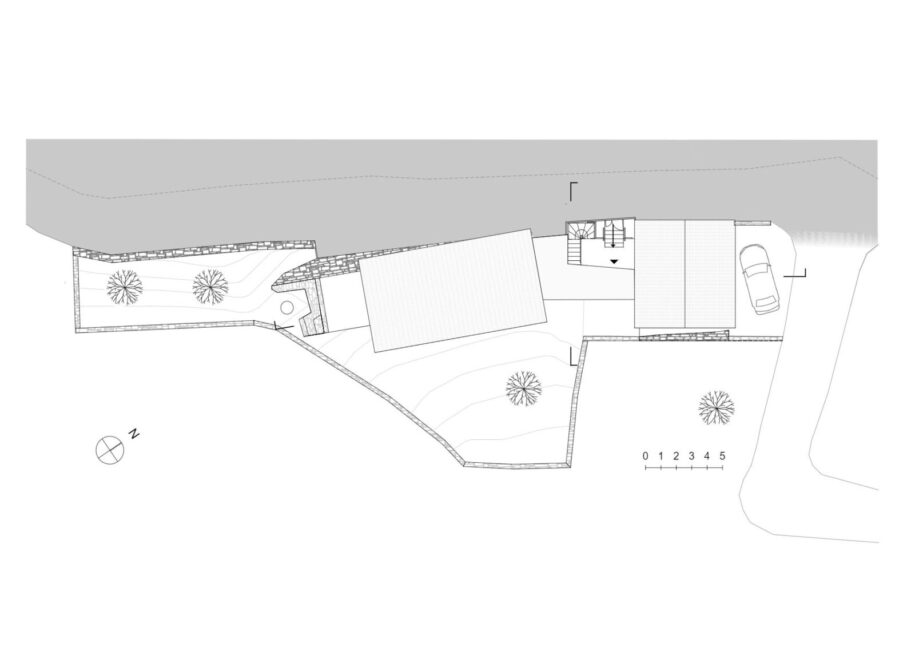
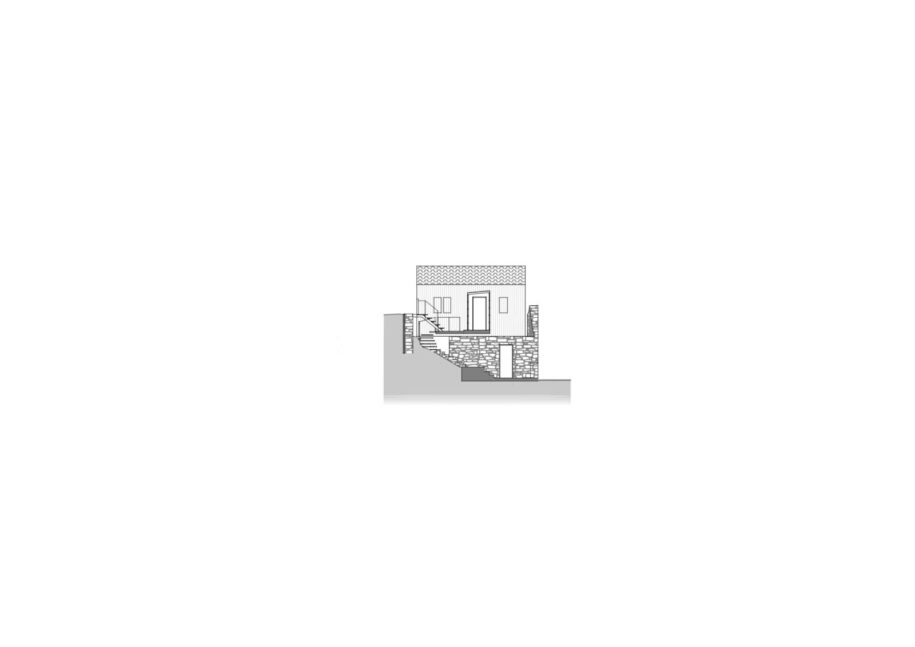
Facts & Credits
Project title Yoik of Taygetus
Typology Restoration, Residential
Location Koumousta, Peloponnese, Greece
Gross Built Area 122 sq.m. (Residence surface area 88 sq.m., Auxiliary spaces: 38 sq.m.)
Size of Plot 418 sq.m.
Completion year 2020
Architectural design and construction oversight Z-Level Architecture, Elena Zervoudaki
Lead architect Elena Zervoudakis
Design team Annita Krokou, Daphne Arnellou
Engineering Dimitris Arnellos, Mary Kazakou
Photography Viceversa, Angela Varveri & George Hatzakos
READ ALSO: Dental Clinic in Crete by Doriza Design
